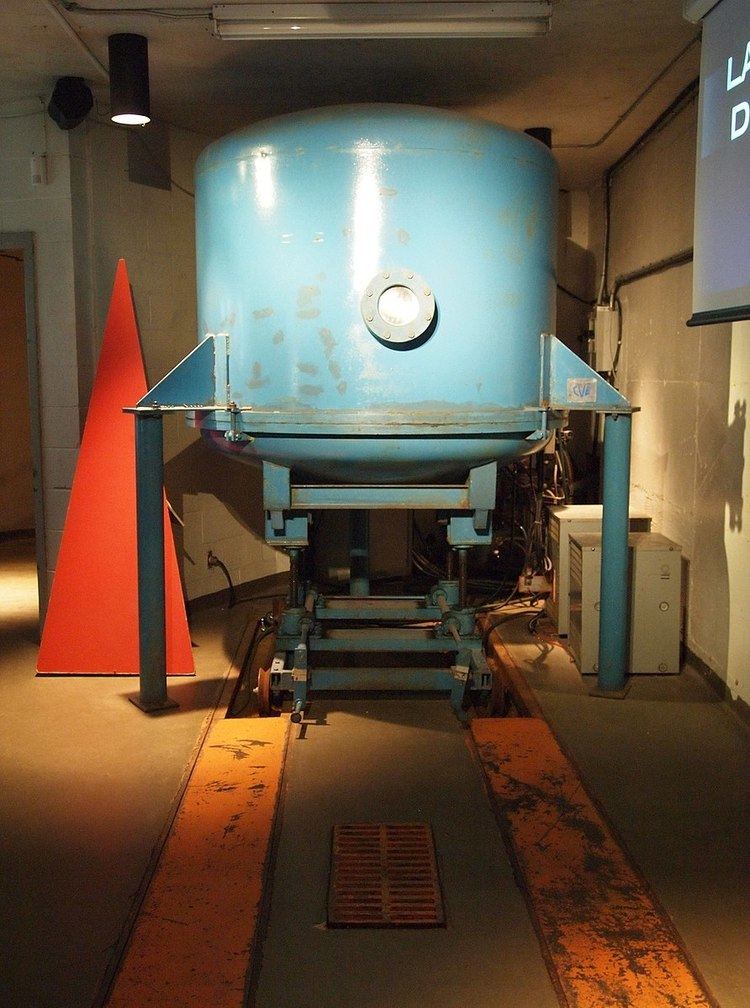 | ||
Vacuum deposition is a family of processes used to deposit layers of material atom-by-atom or molecule-by-molecule on a solid surface. These processes operate at pressures well below atmospheric pressure (i.e., vacuum). The deposited layers can range from a thickness of one atom up to millimeters, forming freestanding structures. Multiple layers of different materials can be used, for example to form optical coatings. The process can be qualified based on the vapor source; physical vapor deposition uses a liquid or solid source and chemical vapor deposition uses a chemical vapor.
Contents
Description
Vacuum deposition describes the family of processes used to deposit layers of material atom-by-atom or molecule-by-molecule on a solid surface. These processes operate at pressures well below atmospheric pressure (i.e., vacuum).
The deposited layers can range from a thickness of one atom up to millimeters, forming freestanding structures. Multiple layers of different materials can be used, for example to form optical coatings. There are subcategories of the process, based on the vapor source; Physical vapor deposition uses a liquid or solid source and chemical vapor deposition uses a chemical vapor.
The vacuum environment may serve one or more purposes:
Condensing particles can be generated in various ways:
In reactive deposition, the depositing material reacts either with a component of the gaseous environment (Ti + N → TiN) or with a co-depositing species (Ti + C → TiC). A plasma environment aids in activating gaseous species (N2 → 2N) and in decomposition of chemical vapor precursors (SiH4 → Si + 4H). The plasma may also be used to provide ions for vaporization by sputtering or for bombardment of the substrate for sputter cleaning and for bombardment of the depositing material to densify the structure and tailor properties (ion plating).
Types
When the vapor source is a liquid or solid the process is called physical vapor deposition (PVD). When the source is a chemical vapor precursor, the process is called chemical vapor deposition (CVD). The latter has several variants: low-pressure chemical vapor deposition (LPCVD), Plasma-enhanced chemical vapor deposition (PECVD), and plasma-assisted CVD (PACVD). Often a combination of PVD and CVD processes are used in the same or connected processing chambers.
Applications
A thickness of less than one micrometre is generally called a thin film while a thickness greater than one micrometre is called a coating.
